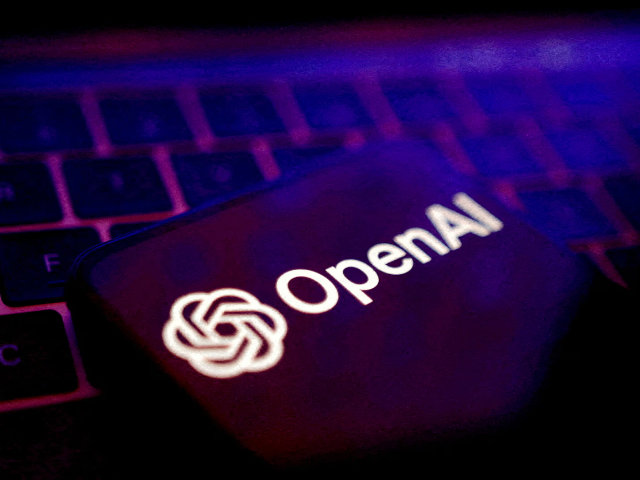OpenAI has introduced a new AI-powered tool called “deep research,” designed to help professionals conduct thorough, in-depth research for industries that require precision and reliability, such as finance, science, policy, and engineering.
The company announced the tool in a blog post outlining its potential uses for tasks such as evaluating car purchases, appliances, and furniture.
Unlike the usual quick answers or summaries that ChatGPT typically provides, deep research is built for situations that require a comprehensive analysis from multiple sources.
It allows users to input queries, and it can also handle attachments such as files or spreadsheets. Once the query is submitted, deep research may take anywhere from 5 to 30 minutes to generate a response.
Currently available to ChatGPT Pro users, deep research is limited to 100 queries per month, with plans for expanding access to other paid users in the coming months. It will be available to Plus and Team users soon, with an even broader rollout for Enterprise users expected later.
The tool offers users a text-only output for now, but OpenAI plans to incorporate additional features such as data visualizations, embedded images, and other forms of analysis in the future. Additionally, OpenAI is working on expanding the tool’s capabilities to include more specialized data sources, including subscription-based services and internal company resources.
In terms of accuracy, OpenAI has incorporated its recently launched o3 AI model, which was specifically trained for tasks like web browsing and data analysis. This model employs reinforcement learning, which improves the AI’s reasoning over time by rewarding it for making progress toward a specific goal.
Deep research is thus optimised for searching, interpreting, and analysing large amounts of online text, images, and PDFs, even adjusting its analysis as it processes new information.
Despite its capabilities, OpenAI has acknowledged the limitations of deep research, noting that it might make occasional mistakes, particularly when distinguishing between authoritative sources and unreliable information.
The company has stated that each response from deep research will be fully documented with citations and a summary of the AI’s reasoning, which should help users verify the information.
In tests, OpenAI found that the o3-powered deep research model performed better than several other AI models in an evaluation known as Humanity’s Last Exam, achieving an accuracy of 26.6%. This was significantly higher than other models, such as Gemini Thinking, Grok-2, and OpenAI’s own GPT-4.
Nevertheless, OpenAI cautions that the tool is still prone to errors, particularly when it comes to making inferences or formatting citations. The company also warned that deep research may not always clearly express uncertainty when needed.
The deep research tool represents a step forward in OpenAI’s mission to provide more reliable, professional-grade AI-powered research capabilities. However, users must remain cautious about the potential for errors and ensure they verify any information provided by the tool.

